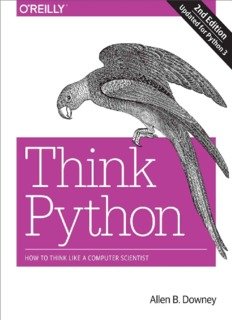Tasnif
📚 «Business Finance: Theory and Practice Book» – E.J. McLaney
🔍 Bu kitob biznesda moliyaviy boshqaruvning asosiy tamoyillarini o‘rgatadi. U biznes moliyaviyining nazariy va amaliy qonunlarini, moliyaviy strategiyalar va karobkaqularga oid ma’lumotlarni taqdim etadi.
📖 Kitob haqida qisqacha: «Biznes Moliyaviy: Nazariya va Amaliyot» moliyaviy boshqaruvning nazariy va amaliy qonunlarini, moliyaviy strategiyalar va karobkaqularga oid ma’lumotlarni taqdim etadi.








Fikr-mulohazalar
Baho berilmagan.